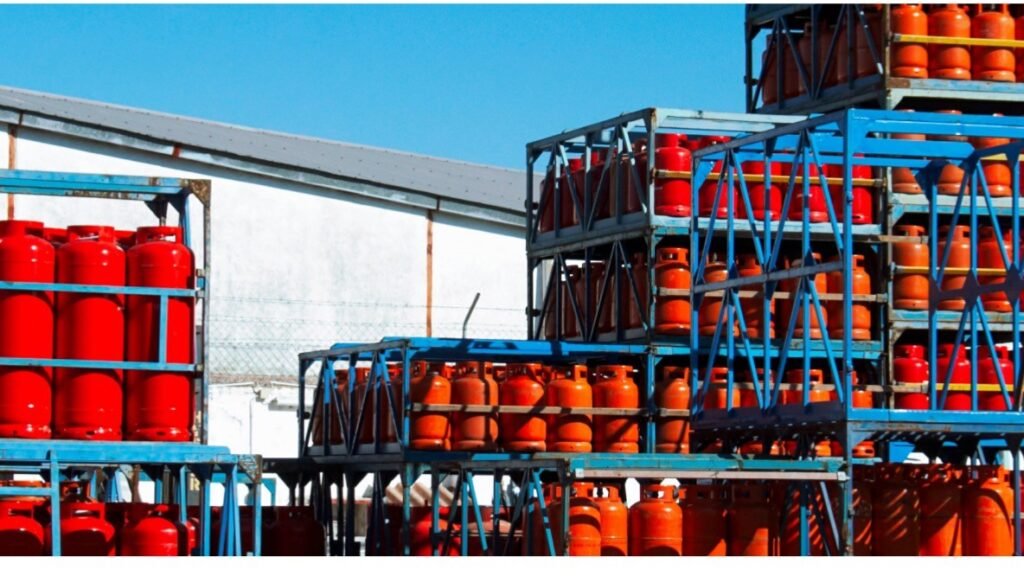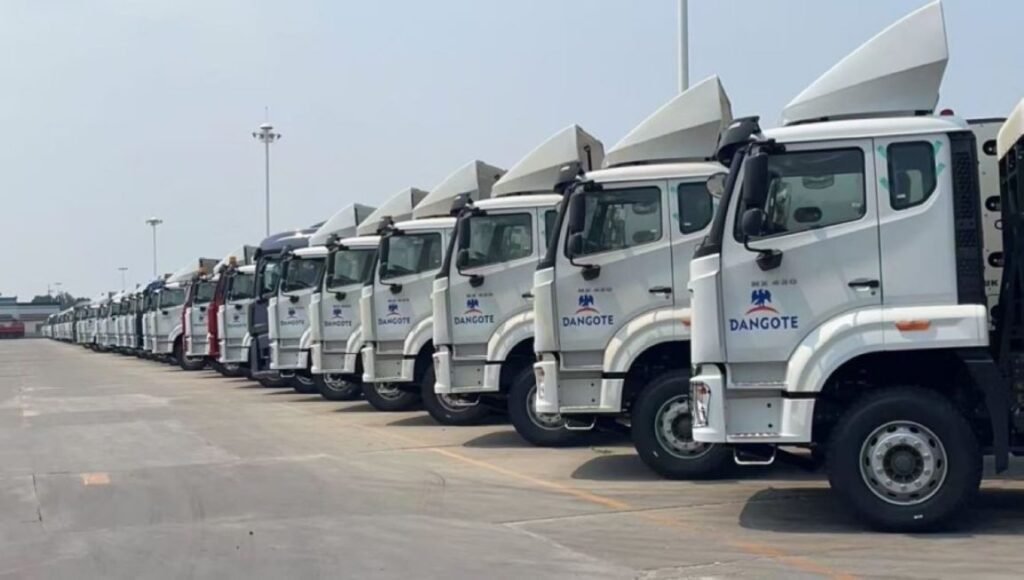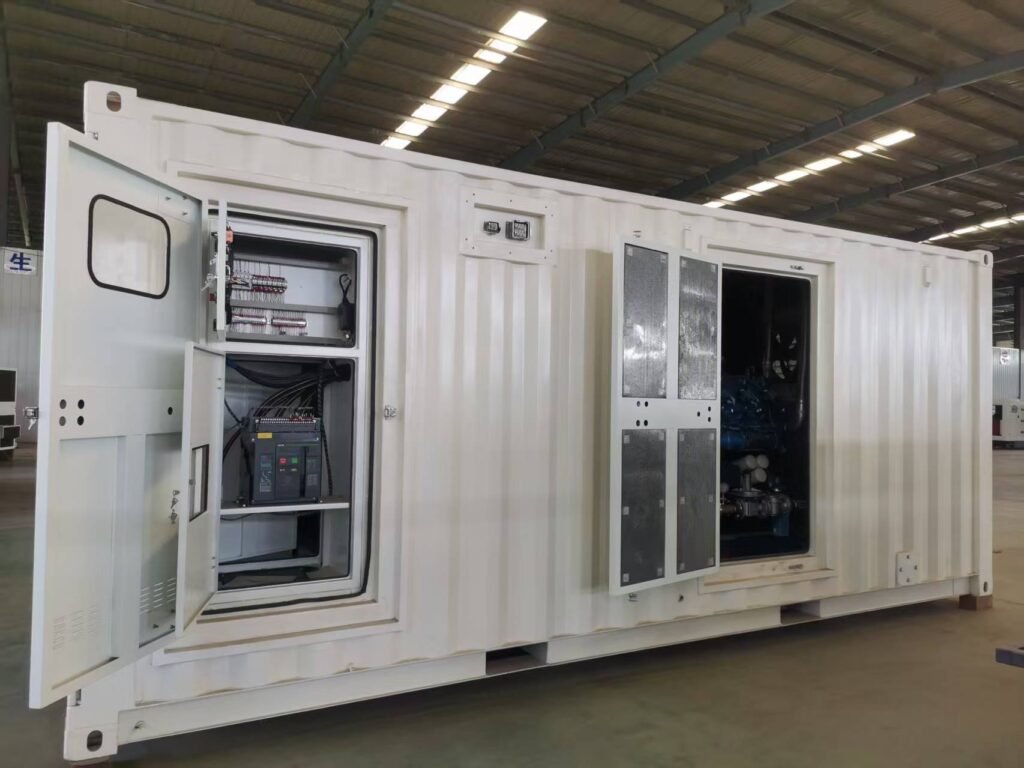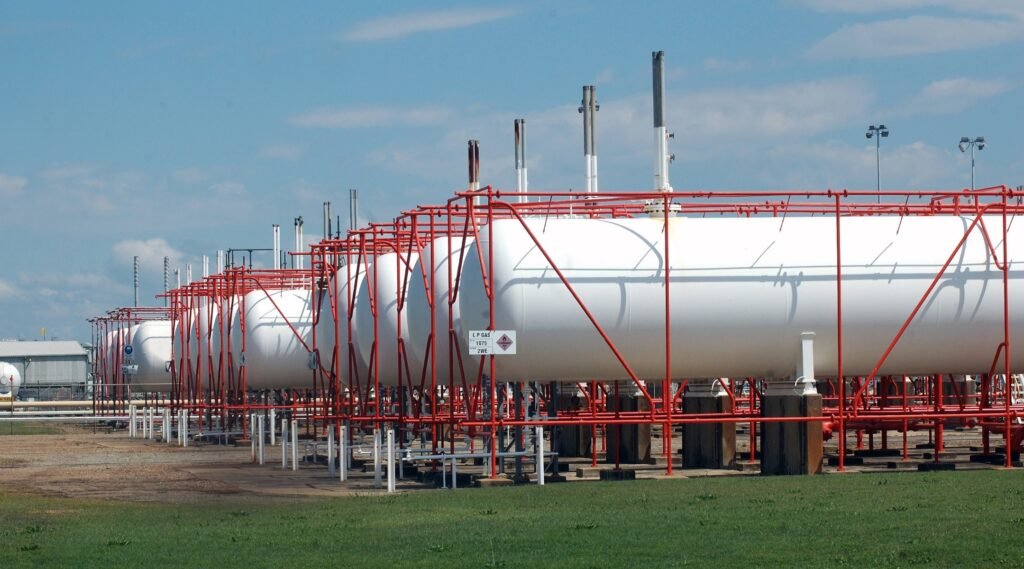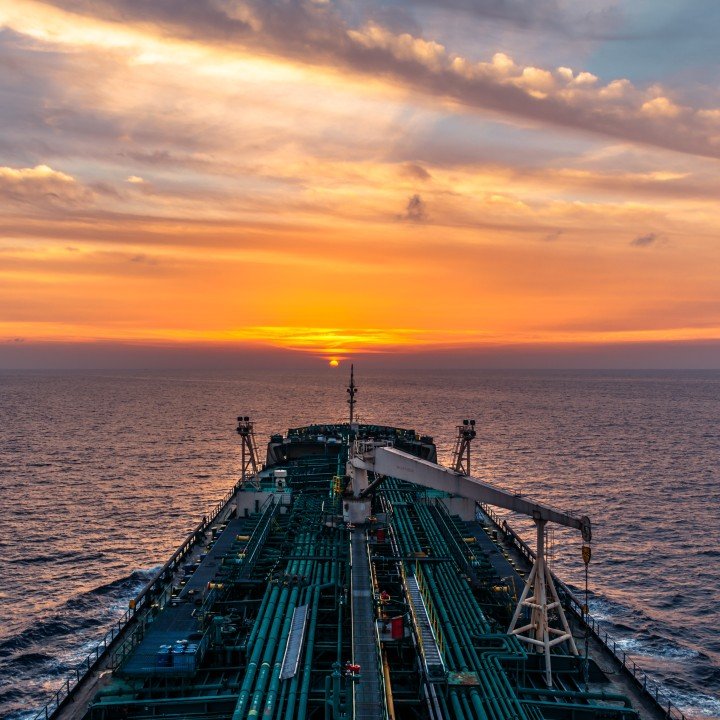This article humbly attempts to provide a high-level overview of Nigerian regulations relevant to the storage and use of Liquefied Natural Gas (LNG), Compressed Natural Gas (CNG), and Liquefied Petroleum Gas (LPG) for generators and tanks. These regulations are primarily drawn from key legislative frameworks and regulatory bodies overseeing the oil and gas sector in Nigeria as of March 2025. Note that specific details may evolve, and local enforcement can vary, so consultation with current standards and authorities like the Nigerian Midstream and Downstream Petroleum Regulatory Authority (NMDPRA) is recommended for precise compliance.
General Regulatory Framework
It is widely understood that Petroleum Industry Act (PIA) 2021 is the cornerstone legislation governing Nigeria’s oil and gas sector, including LNG, CNG, and LPG. It divides the industry into upstream, midstream, and downstream segments, with the NMDPRA overseeing midstream and downstream activities, such as gas storage, distribution, and generator use. Additional regulations stem from subsidiary legislation, standards, and guidelines issued by the NMDPRA and other bodies like the Standards Organisation of Nigeria (SON).
LPG (Liquefied Petroleum Gas) Regulations
LPG is widely used in Nigeria for cooking, power generation, and industrial applications. Storage and generator-related regulations include:
- Midstream and Downstream Petroleum Operations Regulations 2023: Storage: LPG must be stored in pressure vessels (e.g., cylinders or tanks) certified to withstand 5-20 bar, equipped with pressure relief valves. Minimum tank requirements include corrosion-resistant materials and stable foundations (e.g., concrete pads). Safety Distances: A minimum separation of 3-10 meters from buildings, ignition sources, or property lines is required, depending on tank capacity. Ventilation: Storage areas must have low-level ventilation since LPG is heavier than air, alongside gas detection systems in enclosed spaces. Generator Use: Generators using LPG must comply with safety standards for fuel lines, shut-off valves, and exhaust systems to prevent leaks or explosions.
- Standard Organization of Nigeria (SON)Standards (NIS 69:2006): Specifies quality, safety, and performance standards for LPG cylinders and tanks, including design, testing, and labeling requirements (e.g., “Flammable Gas” signage).
- Department of Petroleum Resources (DPR) Guidelines (Pre-PIA Legacy): Although largely superseded by the PIA, some LPG-specific guidelines persist, such as requiring periodic tank inspections and operator training. These are now enforced by the NMDPRA.

An LPG Bridger Truck
CNG (Compressed Natural Gas) Regulations
CNG is increasingly adopted for transportation and power generation, including generators, under Nigeria’s push for cleaner fuels.
- Midstream and Downstream Petroleum Operations Regulations 2023: Storage: CNG is stored in high-pressure cylinders (200-248 bar), requiring certification to international standards like ISO 11439. Cylinders must be secured to prevent movement and fitted with pressure relief devices. Safety Distances: A 10-15 meter setback from buildings or ignition sources is mandated due to high-pressure risks. Ventilation: High-level venting is required as CNG is lighter than air, reducing accumulation risks in enclosed spaces. Generator Use: CNG-powered generators must have leak-tested piping, emergency shut-off valves, and real-time pressure monitoring.
- NMDPRA Guidelines for CNG Facilities: Operators must obtain licenses for CNG storage and dispensing, with regular cylinder integrity tests mandated. The NGEP supports CNG adoption, including conversion kits for generators, with safety protocols aligned with NFPA 52.
- National Gas Transport Network Code (2020): While focused on pipelines, it indirectly affects CNG by ensuring standardized gas quality for compression and use in generators or storage.

A CNG SKID
LNG (Liquefied Natural Gas) Regulations
LNG is primarily used for large-scale industrial applications and exports, but small-scale LNG for generators is emerging in Nigeria.
- Midstream and Downstream Petroleum Operations Regulations 2023: Storage: LNG requires cryogenic tanks maintained at -162°C, adhering to standards like API 620. Secondary containment (e.g., bunding at 110% of tank volume) is mandatory to manage spills. Safety Distances: Setbacks of 30-100 meters from occupied areas or ignition sources are required due to vapor cloud risks. Ventilation: Boil-off gas (BOG) management systems (vaporizers or reliquefaction) are compulsory, with open-air siting preferred. Generator Use: LNG generators need cryogenic fuel lines, thermal insulation, and emergency venting systems to handle pressure buildup.
- NFPA 59A Compliance: Nigeria adopts this international standard for LNG facility design, including tank setbacks, maintenance, and testing protocols.
- NMDPRA Licensing: LNG storage and use require specific permits, with detailed emergency response plans (e.g., spill containment, fire suppression) submitted for approval.
- UTM Offshore Floating LNG Precedent (2023): The NMDPRA’s approval of Nigeria’s first floating LNG plant sets a regulatory benchmark, emphasizing cryogenic safety and environmental compliance for smaller-scale LNG applications.

Common Requirements Across LPG, CNG, and LNG
- Licensing: Operators must secure NMDPRA permits for storage facilities and generator installations.
- Training: Personnel handling gas systems require certified training, especially for LNG’s cryogenic hazards.
- Inspections: Regular checks for leaks, pressure integrity, and equipment condition are enforced.
- Signage and Safety: All installations must display hazard warnings and maintain no-smoking zones.
- Environmental Compliance: The PIA and NMDPRA enforce emissions controls, aligning with Nigeria’s climate goals under the NGEP.
Practical Implications in Nigeria
- LPG: Regulations are straightforward and widely enforced due to its domestic prevalence, but urban congestion can complicate safety distance compliance.
- CNG: High-pressure regulations are strict, with uneven infrastructure (e.g., more stations in Lagos than rural areas) affecting adoption for generators.
- LNG: Complex and costly regulations limit its use to large-scale or remote operations, though small-scale LNG is gaining traction with regulatory support.
For detailed, site-specific compliance, Gasavant Africa can assist. Contact us at connect@gasavant-africa.com to navigate these regulations and optimize your gas generator solution.

